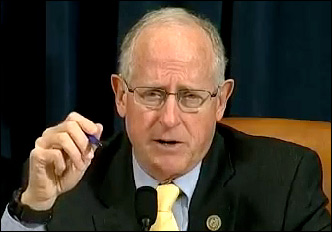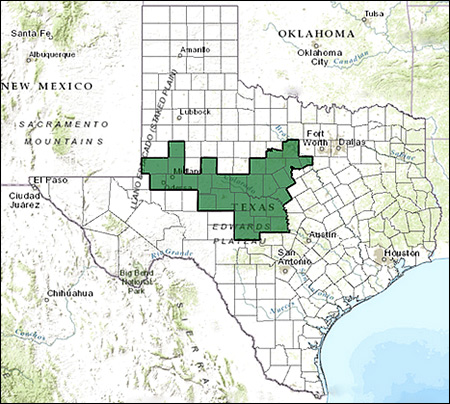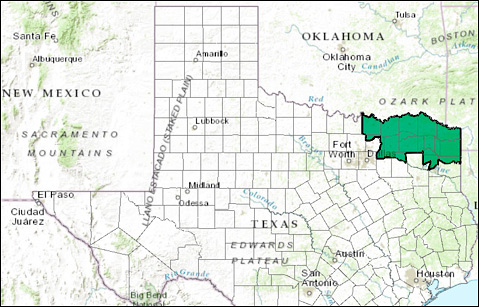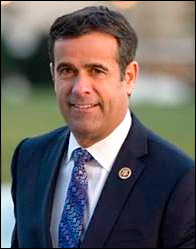 By Jim Ellis
By Jim Ellis
Sept. 17, 2019 — With US House retirements coming in bunches, it can be confusing to remember how many open seats currently exist for the 2020 cycle and where they stand in terms of political projections. Now that the two North Carolina special elections have been decided, it is a good time to review the future open seat contests.
As things currently stand, 20 seats are known to be open, including the WI-7 seat that Rep. Sean Duffy (R-Wausau) will resign from next week. Of the 20, only four seats are Democratic, meaning the remaining 16 belong to the Republicans.
Most of the districts are safe – likely 14 of the 20 – and are projected to remain with the succeeding incumbent party nominee. The remaining six either lean to one party or the other (4) or are already cast in the toss-up category (2).
At this point, 13 of the 14 least competitive seats are in the safe category with one in the Likely segment:
Safe D:
- CA-53: Rep. Susan Davis (D-San Diego) – retiring
- NM-3: Rep. Ben Ray Lujan (D-Nambe) – running for Senate
- NY-15: Rep. Jose Serrano (D-Bronx) – retiring
Safe R:
- AL-1: Rep. Bradley Byrne (R-Mobile) – running for Senate
- AL-2: Rep. Martha Roby (R-Montgomery) – retiring
- IL-15: Rep. John Shimkus (R-Collinsville) – retiring
- KS-1: Rep. Roger Marshall (R-Great Bend) – running for Senate
- MI-10: Rep. Paul Mitchell (R-Dryden/Macomb County) – retiring
- TX-11: Rep. Mike Conaway (R-Midland) – retiring
- TX-17: Rep. Bill Flores (R-Bryan/Waco) – retiring
- UT-1: Rep. Rob Bishop (R-Brigham City) – retiring
- WI-5: Rep. Jim Sensenbrenner (R-Menominee Falls) – retiring
- WI-7: Rep. Sean Duffy (R-Wausau) – resigning for family reasons
Likely R:
- IN-5: Rep. Susan Brooks (R-Carmel) – retiring
The most competitive seats are as follows:
Lean D:
- IA-2: Rep. David Loebsack (D-Iowa City) – retiring
Lean R:
- MT-AL: Rep. Greg Gianforte (R-Bozeman) – running for Governor
- TX-22: Rep. Pete Olson (R-Sugar Land) – retiring
- TX-24: Rep. Kenny Marchant (R-Coppell) – retiring
Toss-Up:
- GA-7: Rep. Rob Woodall (R-Lawrenceville) – retiring
- TX-23: Rep. Will Hurd (R-San Antonio) – retiring
Analysis
- GA-7: This district produced the closest raw vote margin in the country last year, as Rep. Rob Woodall was re-elected with just a 417-vote spread over former state Senate budget director Carolyn Bourdeaux (D), who returns to run again in 2020.
Bourdeaux, however, will not have the nomination field to herself. Six other Democrats have filed, including state Sen. Zahra Karinshak (D-Duluth), state Rep. Brenda Lopez (D-Norcross), and former Fulton County commission chairman John Eaves. Nine Republicans are in the race including state Sen. Renee Unterman (R-Buford) and former Atlanta Falcons football player Joe Profit.
This race will have to gel after the primary in order to obtain a better read on how the political contest will ultimately end. It appears both parties are headed to run-off elections to settle upon a nominee. The Georgia primary is May 19, with a run-off, if necessary, scheduled for July 21. - TX-23: No matter who the major party candidates turn out to be, the 2020 TX-23 race will end in a razor-thin margin. The highest percentage attained by a winning candidate throughout the current decade is 50.3 percent in 2012, and no one has won with a majority since. With each major party nominee virtually assured of a percentage in the high 40s, this will be a competitive race regardless of who eventually advances into the general election.
Grace Ortiz Jones, the 2018 Democratic nominee who came within 926 votes of unseating Rep. Will Hurd, returns to run again. She has a strong chance of becoming a consensus candidate. Republicans will likely have a contested primary and possibly a run-off. This race, in a district that stretches from San Antonio to El Paso, will go down to the wire before it is ultimately decided. - MT-AL: Republicans should have an advantage here in a presidential year, as Montana figures to be one of President Trump’s strongest states in 2020. Two Republicans elected statewide, Secretary of State Corey Stapleton and state auditor and 2018 US Senate nominee, Matt Rosendale, are competing for the open seat in a field of five candidates to date.
Democrats look to have strong candidates, as well. Former state Rep. Kathleen Williams, who held Rep. Greg Gianforte to a 51-46 percent win last November, returns for another try. Her Democratic opponents are state Rep. Tom Winter (D-Missoula) and rancher Matt Rains. - TX-22: Rep. Pete Olson (R-Sugar Land) is retiring after four terms from a district that is becoming much more competitive. The minority complexion is now high, with the non-Hispanic white percentage dropping to 45.9 percent among citizens of voting age. Six Republicans have announced with possibly wealthy donor and conservative activist Kathaleen Wall, who ran in the 2nd District open seat in 2018, could be the person to beat.
Democrats are likely to back 2018 nominee Sri Preston Kulkarni, who held Rep. Olson to a 51-46 percent win. Expect this race to be a major battleground House campaign, and though the district is clearly changing, the GOP still maintains at least a slight advantage. - TX-24: Veteran Rep. Kenny Marchant (R-Coppell), who had a close call last November with a 51-47 percent win against an opponent who didn’t even spend $100,000, decided to retire after serving what will be eight terms. Republicans appear to be coalescing behind former Irving mayor, Beth Van Duyne, who will be a credible and energetic candidate.
Democrats already have a crowded field that already features six candidates. The early favorite for the party nomination is retired Air Force colonel and 2018 state agriculture commission nominee Kim Olson, who lost her statewide campaign, 51-46 percent, which is one of the stronger Democratic showings in the recent past. The 24th will host another Texas competitive contest in 2020, but the seat still leans the Republicans’ way. - IA-2: The only competitive Democratic open seat that could come into play is Iowa’s southeastern district. With seven-term Rep. David Loebsack (D-Iowa City) retiring, Democrats are coalescing around former state senator and lieutenant governor nominee Rita Hart.
Republicans appear to have their own consensus candidate, former Illinois Rep. Bobby Schilling, who served one term after winning the 2010 election in the Rock Island/Moline district across the Mississippi River from the Iowa border. Several years later, Schilling moved to Iowa and now is looking to revive his short-lived political career.
Democrats have a clear advantage here, but in this open seat where the candidates already appear set and President Trump outpolled Hillary Clinton, a meaningful campaign could develop.









